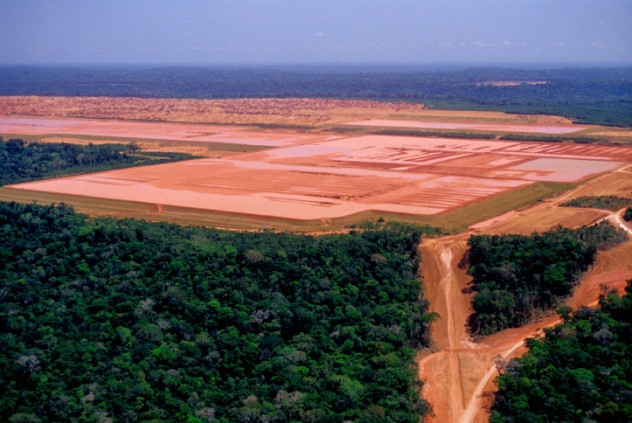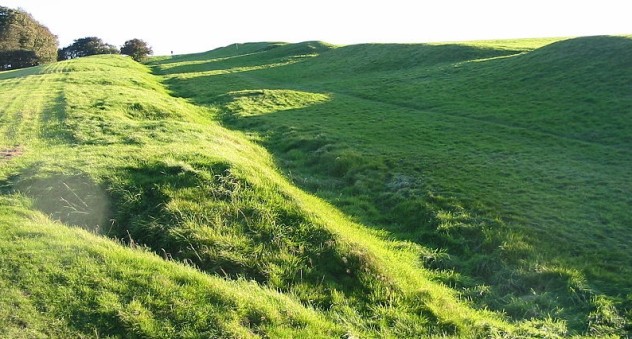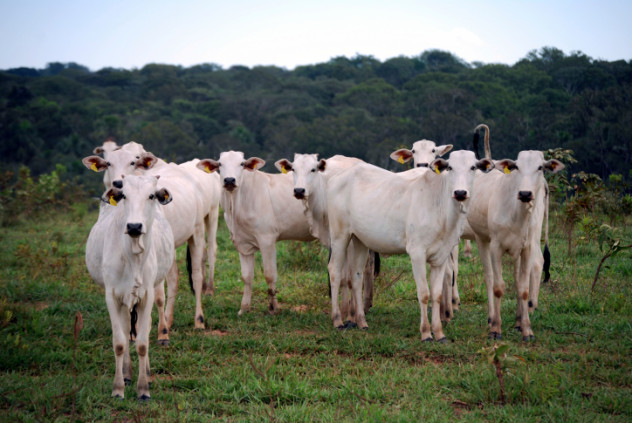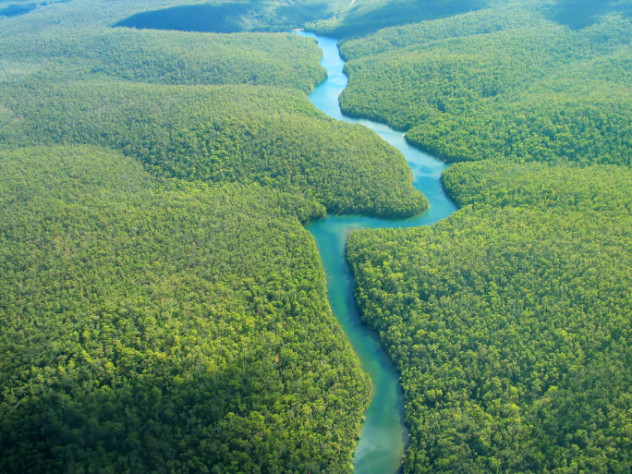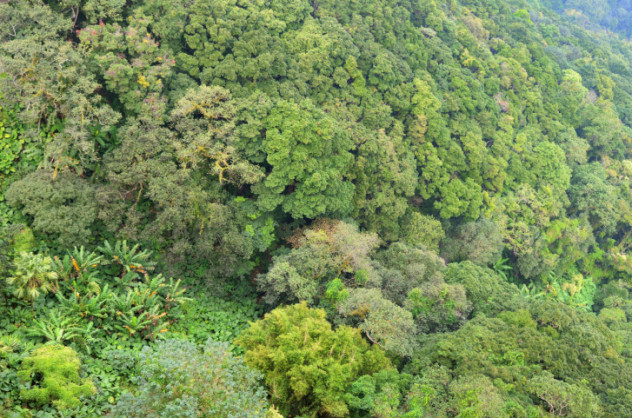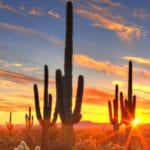10 Fragile Ecosystem
The Brazil nut can only be pollinated by one species of bee, known as Euglossine, as they are strong enough to open the lid on its flowers. As is the case with most bees, this is done mostly by the females, meaning the tree acts as a food source for them and they pollinate the plants. But the bee population is even more dependent on the tree: Male bees need the scent of the tree’s orchids to attract females for mating. So if the females didn’t pollinate the plant, there would be no way for the males to get the scent, and the bees would die out with the plant. As if that isn’t specific enough already, the Brazil nut’s infamously tough shell can only be broken by a few animals, including the agouti, a rodent that breaks open the shell and buries the seeds in other parts of the rain forest. Any attempts to grow these trees in orchards have always failed. With so much damage being done to the rain forest, this is just one example of how easy it is for this biome to fall like dominoes.
9 The Bodele Depression
Thousands of years of evolution in such a diverse biome has led not only to an ecosystem that requires extreme levels of synchronization, such as we saw with the Brazil nut, but also one that has a very high demand for nutrients. We can clearly see from the rain forest’s bountiful array of life that it meets this demand, but it does so from a very unexpected source.
8 Extinctions
7 Mysterious Rings
With so much land being deforested, it was only a matter of time before something unexpected was unveiled. As trees continue to be cut down, more and more mysterious ditches have been found across Brazil and Bolivia. The square, circular, and linear ditches are up to 5 meters (16 ft) deep, and left archaeologists baffled as to who built them, how, and why. As always, one theory put forth to explain their purpose was that the ditches had a religious significance, which is perfectly possible. Another theory is that they were used for drainage. A third theory is that they were there for defense. While a ditch in the ground may seem like a pretty lame defense, almost identical formations have been found all over Ireland (pictured above), that are the result of ditches being dug and the excess earth being used to build mounds beside the ditch, making forced entries extremely difficult. Some of the ditches were over 1 kilometer (0.6 mi) long, and scientists from the University of Reading were trying to figure out how many people would have been needed to build such structures, and how they could have done so, as there was no evidence that people living in that area over 2,000 years ago would have had the tools to build such formations. The mystery was solved when the team examined pollen sediments and discovered it was grass pollen and evidence of maize, pointing to previous savannah and farming in the area. Their exact purpose, however, remains a mystery.
6 Economics
5 The River
Because of the absolutely colossal amount of water draining out of the river and into the sea, the water as far out as 100 kilometers (60 mi) into the Atlantic Ocean is brown, which helped ships with navigation before they saw land. To put that in perspective, that’s 400 times the length of Central Park, or 15 times the length of Manhattan.
4 Medical Potential
3 Pestalotiopsis Microspora
2 Global Regulator
Simon is a 24-year-old grown-up who works 9-5 and pays bills now. The mystery of where he has been for the past few months can be solved by heading over to Celestial Green Ventures.


